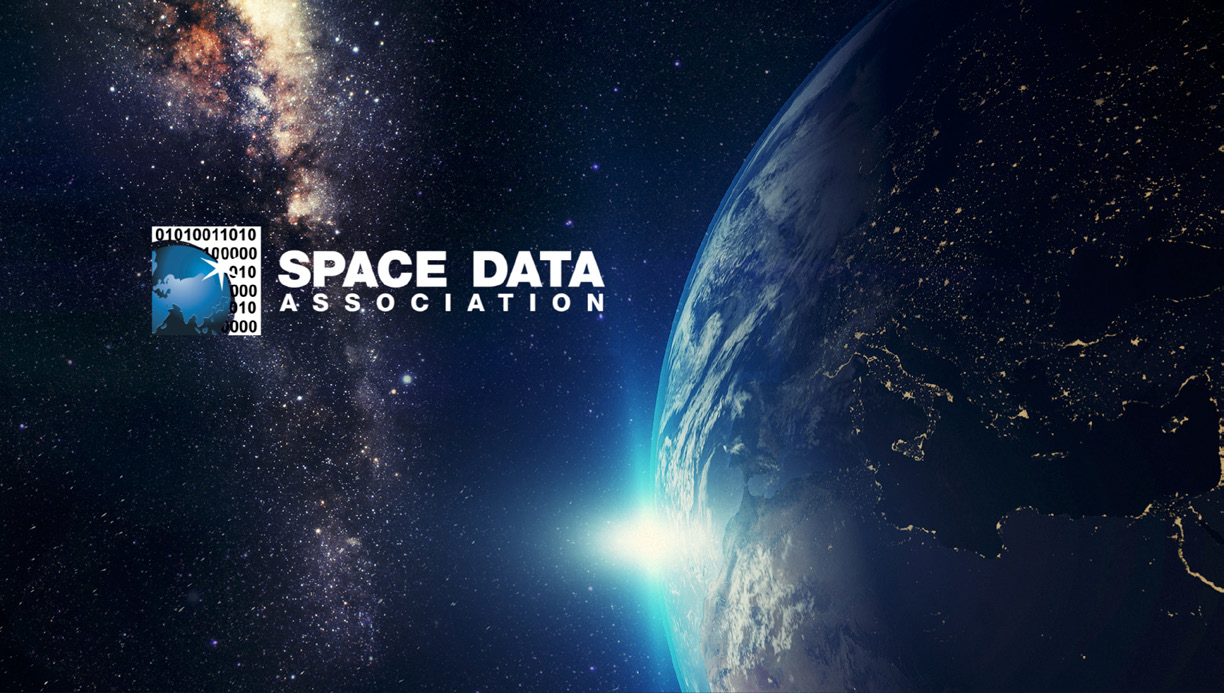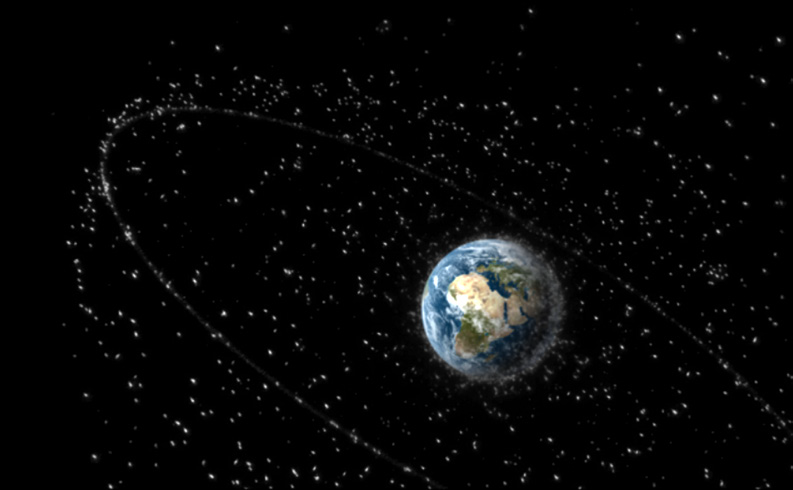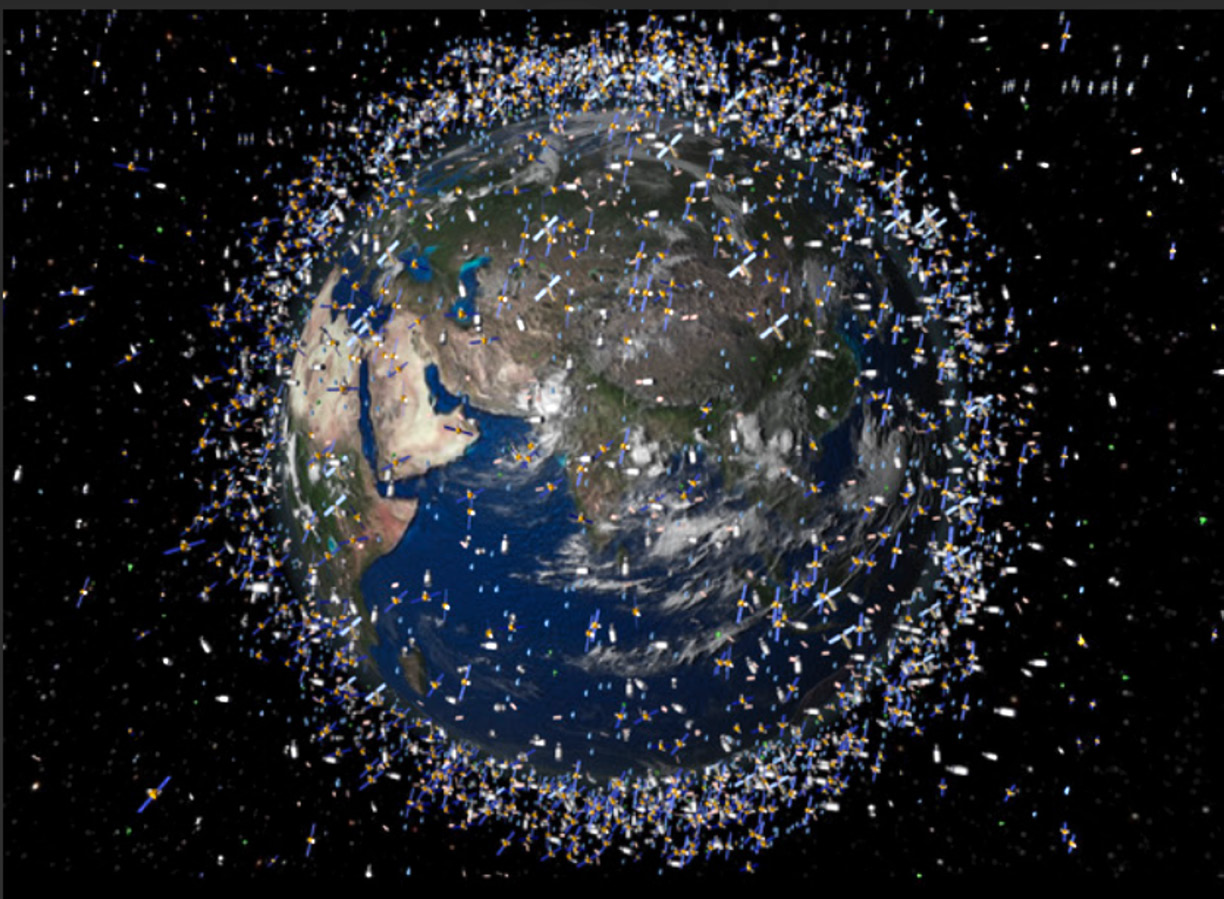There can be no denying that the global space industry has experienced a significant growth rate in recent years.
According to a report by the Space Foundation, in 2021, the industry grew at its fastest rate since 2014, with an impressive, year-over-year growth rate of 9%.

This growth has been driven by a number of factors, including advancements in technology, increased demand for space-based services, and the emergence of new players.
The industry is no longer dominated by traditional government space agencies and large aerospace companies.
Instead, a new generation of private companies and startups are entering the market, offering new services and products.
These companies are leveraging advances in technology and new business models to offer services such as satellite internet and remote sensing.
As the industry continues to expand, it’s bringing new and exciting opportunities for companies and individuals, as well as playing an increasingly important role in our economy and society.

However, as space becomes busier, the risk of damage to satellites from an in- orbit collision with other space objects increases.
Space safety is critical for the space industry because without it, the successful and sustainable operation of spacecraft, satellites, and other space-related activities cannot be maintained. Improving and maintaining space safety is however, not without its challenges.
The Problem With Debris
It stands to reason that as the number of objects on-orbit increases, so does the amount of debris created by defunct satellites, rocket stages, and other objects.
Although there are systems in place for tracking debris over 10 cm, our ability to detect and track smaller pieces of debris is limited. This is where the problem rests, as even smaller objects, less than the size of an orange, have the potential to still cause significant damage to satellites and spacecraft.
To put this into perspective, consider the damage a moped traveling at 50 kph would do in a collision — that would certainly would be significant.
Compare this with an object traveling in space that is only as big as a paperclip, such as a tiny fleck of paint from a spacecraft and weighing just one gram.
That moped and the fleck of paint would both impact with the same kinetic energy and could cause an identical level of damage upon impact.

When taking this into account, it’s clear to see that even small pieces of debris pose a significant threat to active spacecraft, satellites and other human spaceflight operations.
Detecting and tracking debris, particularly small pieces, is challenging for a number of reasons, in part because it is just plain difficult to see with existing systems, but also because of the complexity around the constantly changing orbits of objects in space.
Detection + Tracking
Space situational awareness (SSA) is critical in ensuring the safe and efficient use of space. During recent years, we’ve seen significant technological developments in the field of space surveillance and tracking systems. These systems use radar and optical telescopes to track and monitor the position and movements of objects which makes for much more accurate warning systems.
When this data is combined with mathematical models that take into account the effects of various factors, such as the Earth’s gravity and solar radiation pressure, it’s easier to predict the future positions of space objects with a high degree of accuracy. Better detection and tracking of objects in space will enable more accurate assessment of the probability of collisions, which in turn will help satellite operators to avoid unnecessary avoidance maneuvers.
Another important development is the use of artificial intelligence and machine learning (AI / ML) algorithms. These technologies help to analyze vast amounts of data from space surveillance and tracking systems, so that patterns can be identified and potential collisions predicted.
In addition, the use of advanced communications systems, such as satellites and laser communications, have made it possible to transmit data and information from space to ground stations in real-time.
These systems allow for far more accurate and timely SSA, enabling faster response to potential collisions or other hazards.
The use of advanced sensors and imaging systems have also played a big use of high-resolution cameras and other sensors have significantly improved the ability to detect and track objects in space, and to gather information about their size, shape, and composition. This information can be used to identify and classify objects, and also to determine their potential threat level.
The sustainability of the space industry is dependent on the ability of operations to be carried out as safely as possible. The potential fallout from a collision could well be disastrous because it could result in hundreds or even thousands of new pieces of debris being thrown into orbit. This is why it is so critical that we improve space safety and develop much more effective and reliable SSA systems.
To accomplish this, we need to continue to develop technology that provides us with the required detecting and tracking capabilities. SSA capabilities must be upgraded into the 21st century — otherwise, the sustainability and further expansion of the space industry could be at risk of more than collisions.

Joe Chan
The time has come for technology to catch with to the crucial need of reliable SSA to ensure safety in space.
www.space-data.org/sda/
Author Joe Chan is the director of Flight Dynamics at Intelsat. He oversees the FDS operation and engineering of more than 70 geostationary satellites that Intelsat currently operates. He has been with Intelsat for 24 years. Prior to joining Intelsat he worked at Goddard Space Flight center on the TOPEX/POSEIDON and Mars Observer projects.

